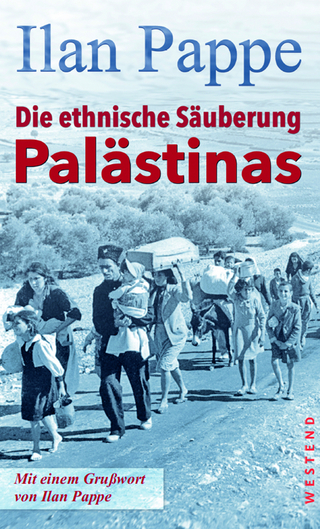
Turning the Power
University of Nebraska Press (Verlag)
978-1-4962-4192-4 (ISBN)
- Noch nicht erschienen (ca. April 2025)
- Versandkostenfrei innerhalb Deutschlands
- Auch auf Rechnung
- Verfügbarkeit in der Filiale vor Ort prüfen
- Artikel merken
In Turning the Power Nathan Sowry examines how some Native American students from the boarding school system, with its forced assimilationist education, became key cultural informants for anthropologists conducting fieldwork during the late nineteenth and early twentieth centuries. Salvage anthropologists of this era relied on Native informants to accomplish their mission of “saving” Native American cultures and ultimately turned many informants into anthropologists after years of fieldwork experience.
Sowry investigates ten relatively unknown Native American anthropologists and collaborators who, from 1878 to 1930, attended a religiously affiliated mission school, a federal Indian boarding school, or both. He tells the stories of Native anthropologists Tichkematse, William Jones, and James R. Murie, who were alumni of the Hampton Institute in Virginia. Richard Davis and Cleaver Warden were among the first and second classes to attend the Carlisle Indian Industrial School in Pennsylvania. Amos Oneroad graduated from the Haskell Indian Industrial Training School in Lawrence, Kansas, after attending mission and boarding schools in South Dakota. D. C. Duvall, John V. Satterlee, and Florence and Louis Shotridge attended smaller boarding and mission schools in Montana, Wisconsin, and Alaska Territory, respectively.
Turning the Power follows the forced indoctrination of Native American students and then details how each of them “turned the power,” using their English knowledge and work experience in the anthropological field to embrace, document, and preserve their Native cultures rather than abandoning their heritage.
Nathan Sowry is a reference archivist at the National Museum of the American Indian, Smithsonian Institution.
List of Illustrations
Acknowledgments
Introduction: What Happened Before (Bellevue, Nebraska Territory, 1862)
1. A Great Favorite at the Smithsonian: Tichkematse (Zuni, New Mexico Territory, 1881)
2. One Who Clearly Understands the Thoughts and Ideas of the Indians: William Jones (Cambridge, Massachusetts, 1897)
3. We as a Race Cannot Be Wiped Out in a Short Time: Richard Davis (Colony, Oklahoma Territory, 1905)
4. All the Information There Is to Be Got: D. C. Duvall (Browning, Montana, 1911)
5. We Can Get Fine Work Out—Better Than Any That’s Been Out on Indians: James R. Murie (Pawnee, Oklahoma, 1911)
6. Making a Great Collection of Relics for My People: John V. Satterlee (Keshena, Wisconsin, 1911)
7. A True Indian Is Someone Who Helps Their Race: Cleaver Warden (Washington DC, 1918)
8. Both an Experienced Field Man and a Missionary among His People: Amos Oneroad (Tokio, North Dakota, 1925)
9. Civilized Indians Exploring the Wilds of Alaska: Florence and Louis Shotridge (Sitka, Alaska Territory, 1929)
Conclusion: What Happened After (Hoonah, Alaska, 2017)
Notes
Bibliography
Index
| Erscheinungsdatum | 01.06.2024 |
|---|---|
| Reihe/Serie | Critical Studies in the History of Anthropology |
| Zusatzinfo | 13 photographs, index |
| Verlagsort | Lincoln |
| Sprache | englisch |
| Maße | 152 x 229 mm |
| Themenwelt | Geisteswissenschaften ► Geschichte ► Regional- / Ländergeschichte |
| Geschichte ► Teilgebiete der Geschichte ► Kulturgeschichte | |
| Sozialwissenschaften ► Ethnologie | |
| Sozialwissenschaften ► Soziologie | |
| ISBN-10 | 1-4962-4192-4 / 1496241924 |
| ISBN-13 | 978-1-4962-4192-4 / 9781496241924 |
| Zustand | Neuware |
| Informationen gemäß Produktsicherheitsverordnung (GPSR) | |
| Haben Sie eine Frage zum Produkt? |
aus dem Bereich


